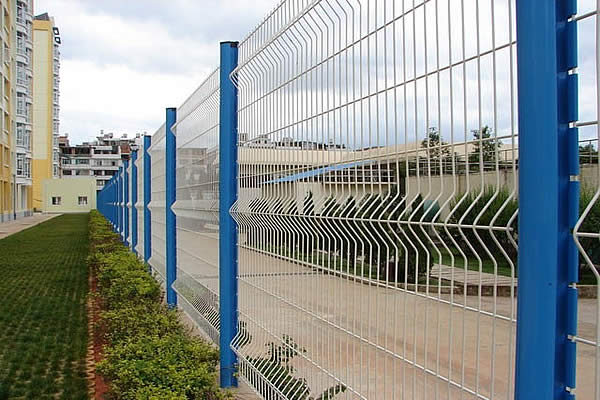 TEL:
+86-13102802206
TEL:
+86-13102802206
 Email:
fencenetting@china.com
Email:
fencenetting@china.com
 Language
Language
 TEL:
+86-13102802206
TEL:
+86-13102802206
 Email:
fencenetting@china.com
Email:
fencenetting@china.com
 Language
Language


Putting Up a Temporary Fence A Practical Guide
In various scenarios, whether it’s for security, construction, or event purposes, putting up a temporary fence can be an essential task. Temporary fencing provides a versatile solution that can protect a site, restrict access, and ensure safety. Whether you're a contractor, event planner, or homeowner, understanding the ins and outs of temporary fencing can benefit you greatly. This article will delve into the reasons for using temporary fences, the different types available, and some practical tips on how to install one.
Why Use a Temporary Fence?
1. Security One of the primary reasons for installing a temporary fence is to secure a designated area. This is especially important in construction sites, where materials and equipment are often left unattended. A temporary fence can deter theft and vandalism.
2. Safety Keeping people away from hazardous areas is crucial. A temporary fence can delineate safe zones around construction sites or areas with potential dangers, such as deep holes or ongoing demolition work.
3. Privacy Whether you are organizing an outdoor event, like a wedding or festival, or conducting work that necessitates privacy, temporary fences can provide a barrier from prying eyes.
4. Crowd Control During public events, temporary fences can help manage crowds and direct foot traffic, ensuring smooth movement and reducing the risk of accidents.
5. Regulatory Compliance In many regions, regulations require certain types of sites to be fenced off for safety and security. A temporary fence can help you comply with these laws.
Types of Temporary Fencing
Temporarily fencing your site can be done with several types of materials, each suitable for different needs
1. Chain Link Fencing This is one of the most common types of temporary fencing. It is durable, provides visibility, and is effective for security.
2. Mesh Fencing Often used for events, mesh fencing is lightweight and portable. It provides less security than chain link but offers a clear visual barrier.
3. Barriers and Jersey Barriers Ideal for traffic control or delineating specific areas in construction sites, these concrete barriers can be easily moved and provide a high level of security.

4. Wooden Fences For more aesthetically pleasing requirements (like events), wooden panels can provide privacy while being adjustable in various shapes and lengths.
5. Polyethylene Fencing This is an economical option that is often used in construction as a deterrent for unauthorized access. It’s lightweight and easy to set up.
Installing a Temporary Fence
Here are some helpful steps for installing a temporary fence
1. Planning Determine the area you want to enclose. Measure the perimeter accurately to know how much fencing material you will need.
2. Gather Materials Depending on the type of fencing you choose, gather all necessary materials, including panels, posts, bases, and any tools required for installation.
3. Setting Posts For chain link or wooden fences, start by placing the fence posts into the ground. Make sure they are spaced evenly based on the fence type.
4. Attaching Panels For chain link fences, unroll the fencing and attach it to the posts with ties. For wooden or mesh panels, secure each panel to the posts.
5. Securing the Fence Ensure that the fence is stable and secure. For added stability, particularly in windy areas, you may need to use additional support at strategically chosen locations.
6. Final Checks Once the fence is in place, conduct a thorough inspection to ensure it is adequately secured in all places. Look for any areas that may require additional support or adjustments.
Conclusion
Putting up a temporary fence can be a straightforward process that brings numerous benefits, from enhancing security to ensuring safety. By understanding the purpose and types of temporary fencing available, along with following a clear installation process, anyone can effectively manage and protect their designated area. Whether for a construction site, an event, or to provide safety and security, temporary fencing is an invaluable tool in today's diverse environments.